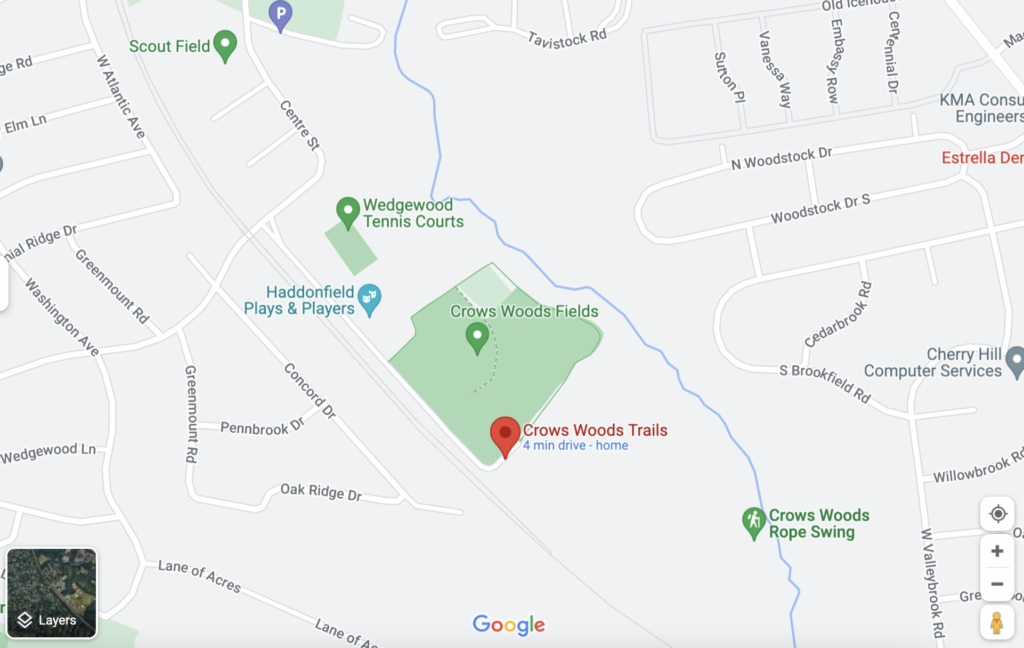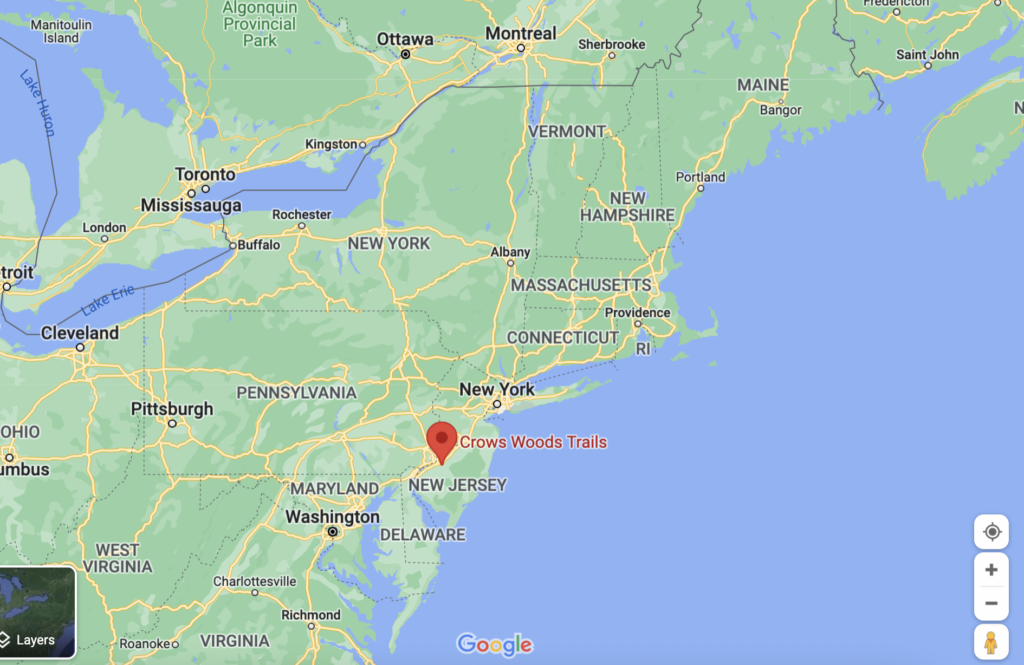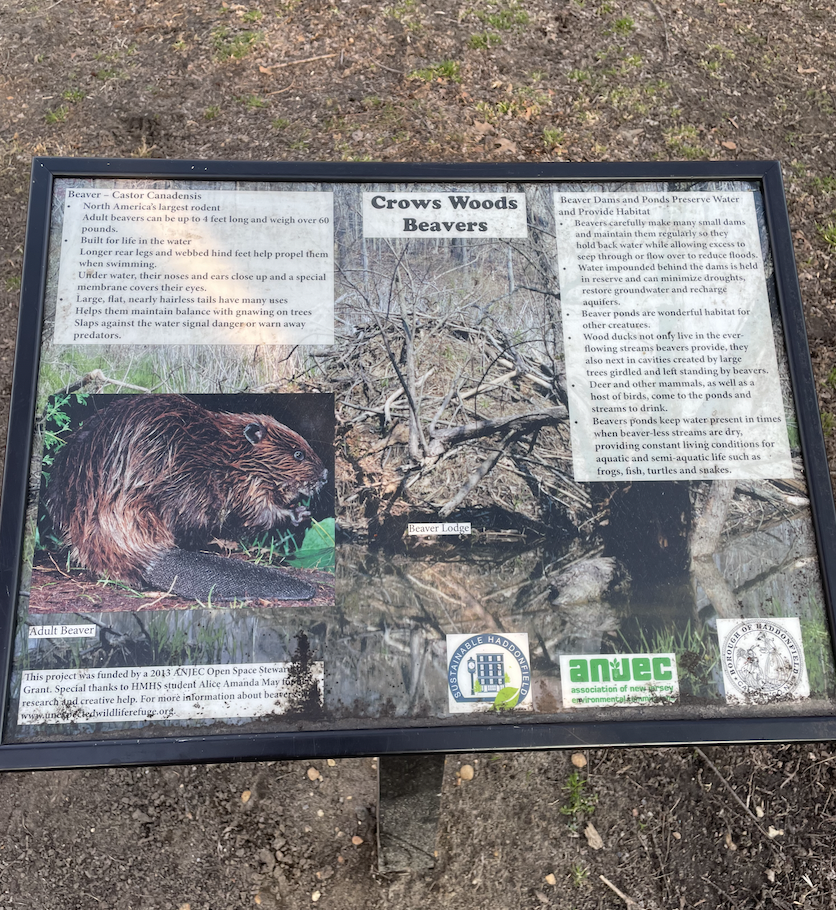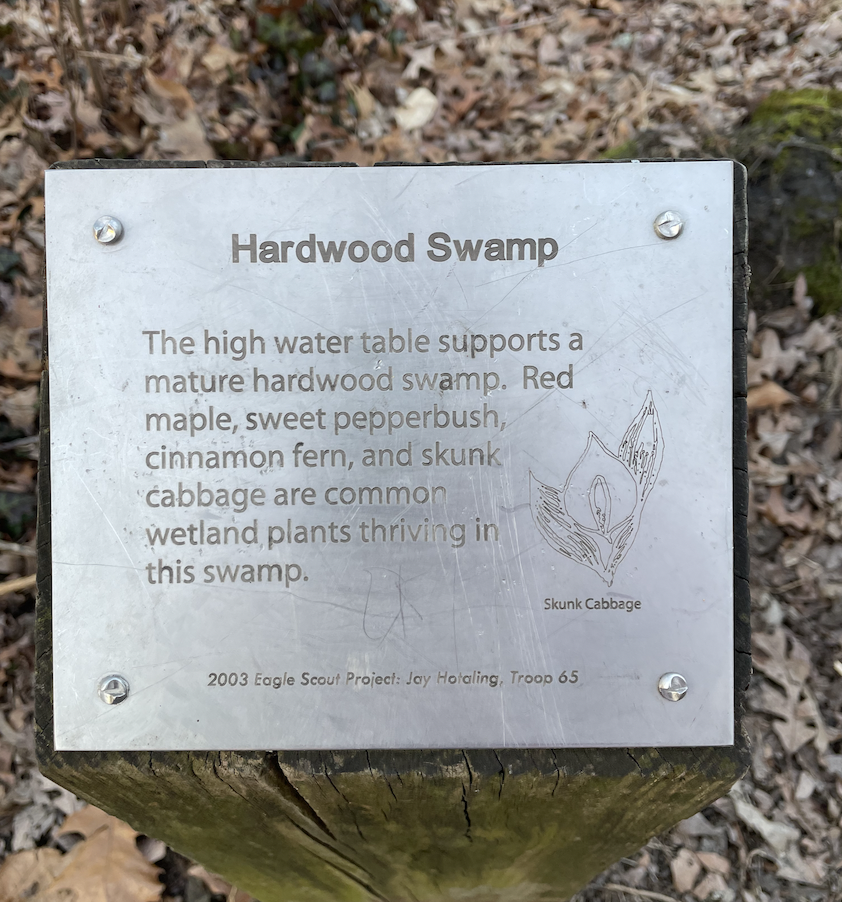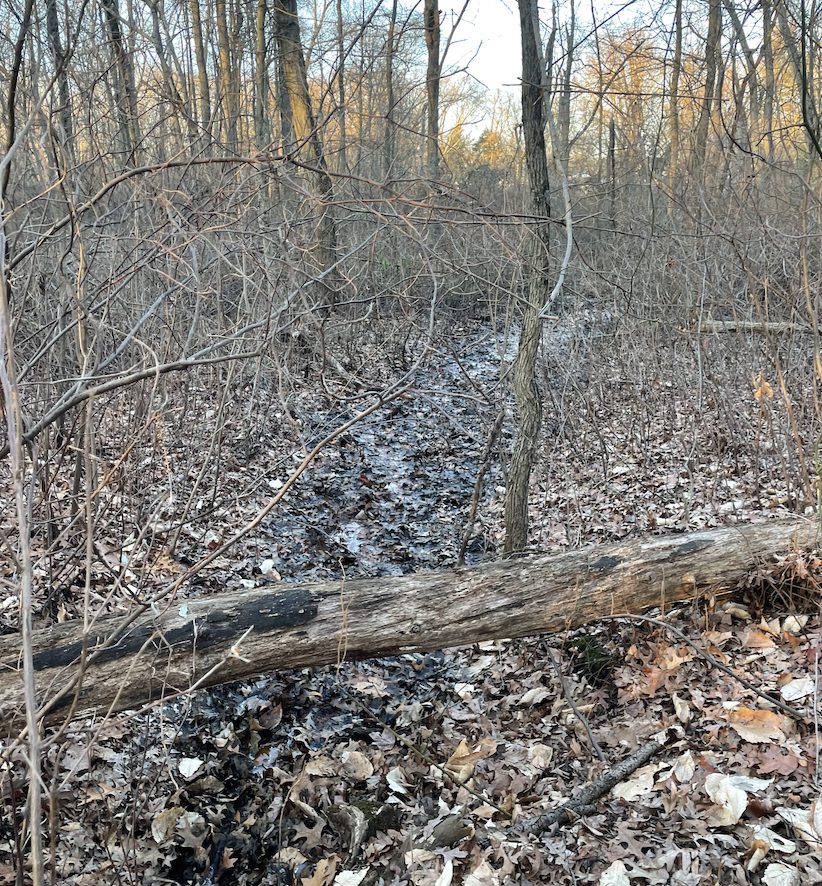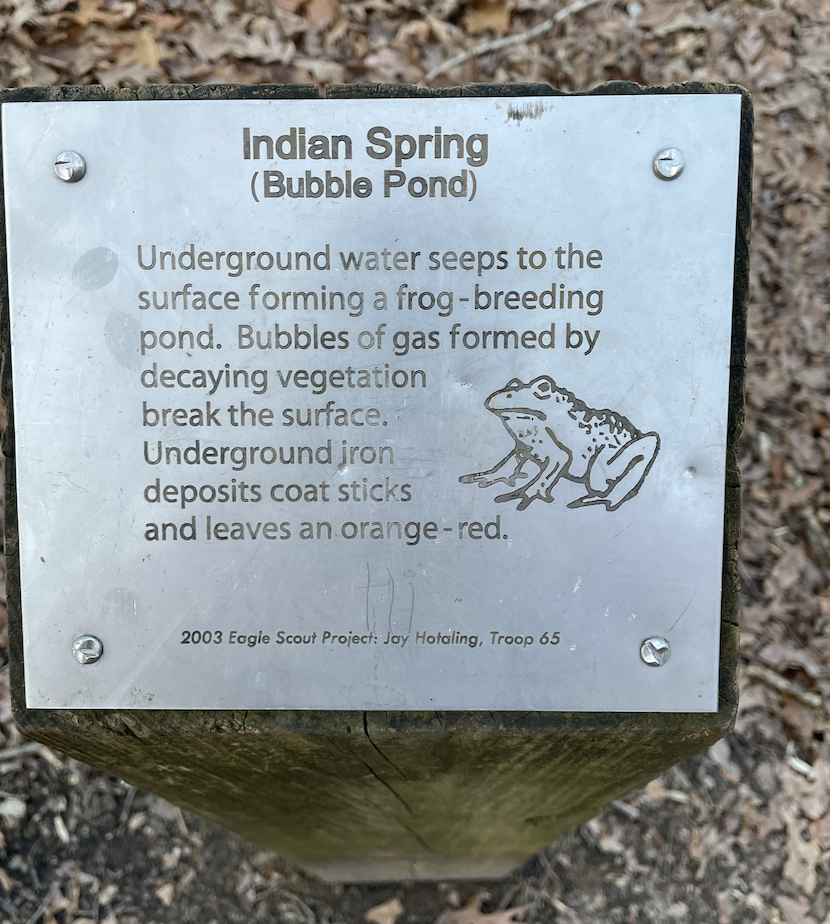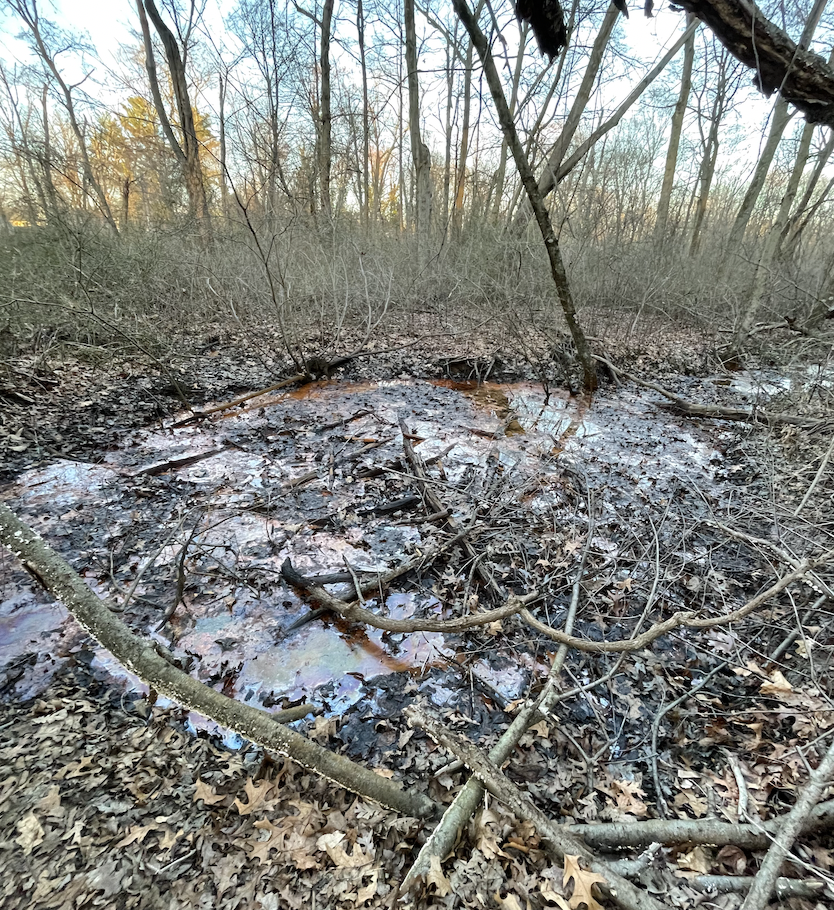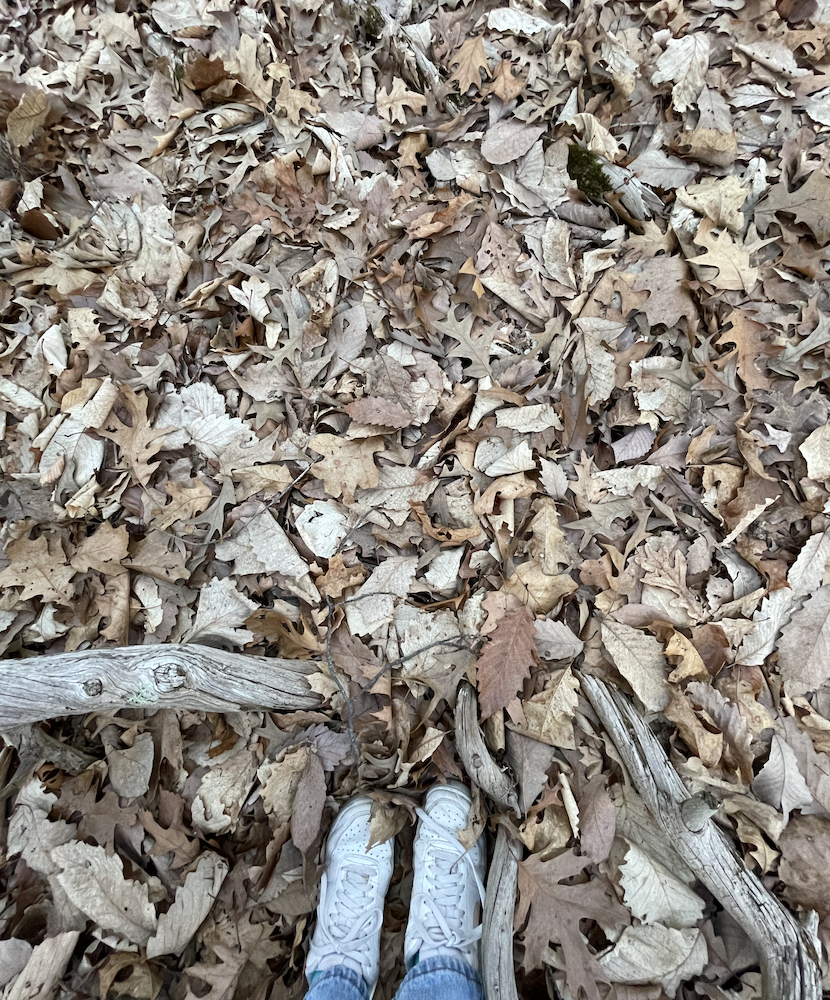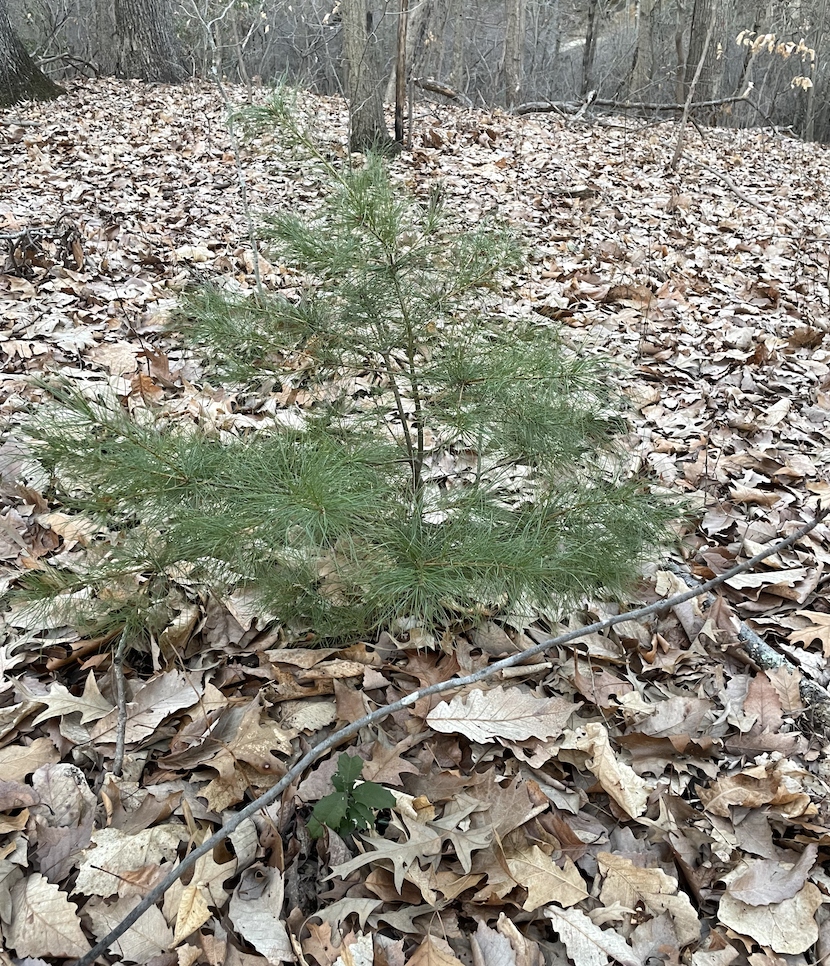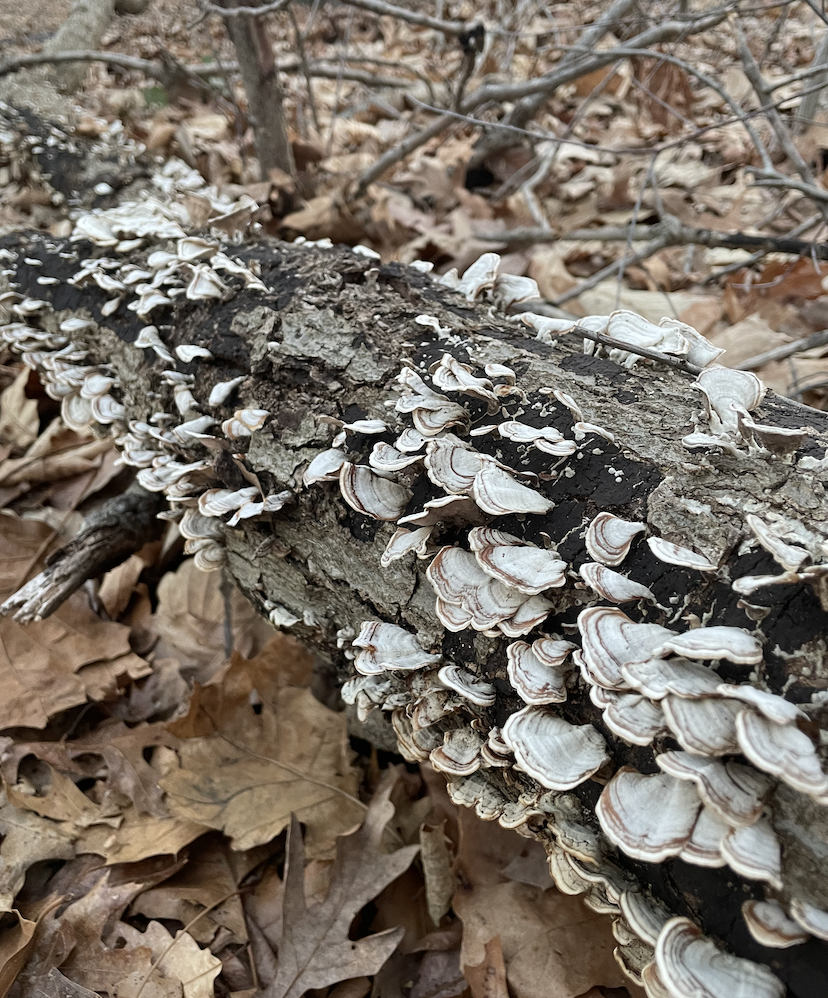This spring break, we were tasked with spending some time in a new phenology place and comparing it to our sites in Burlington. So, on March 11, I made my way to the park a mile away from my house: the Crows Woods Nature Preserve in Haddonfield, New Jersey.
It was a beautiful day, with a temperature of 57 degrees Fahrenheit and partly sunny skies. I decided to go to the park in the early evening, about 30 minutes before sunset. I’ve been to Crows Woods many times before, since it’s a pretty important landmark of my town and is so close to my house. Crows Woods has about 50 acres of protected forest, but is also home to several soccer fields, a baseball diamond, and even a community garden. I spent a lot of time at the soccer fields in middle school and high school, as did many other people in my community. A lot of people also walk their dogs on the trails, but I decided to leave mine at home so I wouldn’t scare off the wildlife.
Immediately upon entering the park I noticed a sign with some information about beavers, which enjoy the park’s location by the Cooper River. I’ve never seen any beavers in Crows Woods myself, but hopefully I will one day.
I chose to walk one of the trails to the left of the entrance, taking note of my surroundings. I noticed the scenery was mainly brown, which makes sense considering the time of year. Unlike Vermont, the snow in New Jersey is long gone, so the forest is currently mainly barren trees and their fallen leaves on the ground. I noticed a lot of oak leaves on the forest floor, both white and red. I also noticed a couple of American Beech trees, which still seemed to be holding onto a few dried leaves.
Eventually I came across some more signage, this time describing a hardwood swamp and an “Indian Spring (Bubble Pond).” These were interesting for me because I had never noticed these natural features before. I’m excited to revisit them as the weather gets warmer to see what they look like with more foliage and wildlife activity.
As for the wildlife I saw throughout my time in Crows Woods, it was largely uneventful. I saw a few squirrels, but I live in the suburbs so it didn’t feel very different from what I see in my own backyard. The squirrels were super easy to find though, since their movement through the dried leaves was pretty noisy. I also tried to look for bird activity, but I’m not an experienced birder so I struggled with identification. Eventually I came across a fallen tree and decided to sit on it for a while and watch for birds, but only a few of them flew overhead and it was too quick for me to identify any of them. Though I didn’t see many birds, I heard them pretty loudly. I took a couple of videos to try and compare to bird calls online, but I’m not super confident in what I’ve determined the birds to be. I’m pretty sure I heard some black-capped chickadees and maybe some cardinals, but it’s hard to tell.
As I mentioned before, I noticed a lot of red and white oaks throughout crows woods, and they dominated the overstory. I didn’t notice any coniferous species in the canopy, and only a few of them in the understory. The ones that I did notice seemed to be Eastern White Pine trees, and most of them only came to my waist height. The tallest one I found was probably about 8 feet tall, but it still seemed tiny compared to the mature oaks in the canopy.
Overall my experience at Crows Woods was super fun, and it was cool to view this familiar landscape from a new scientific perspective. I’m excited to gain confidence in my plant and animal identification skills and be able to interpret the forest even more.
